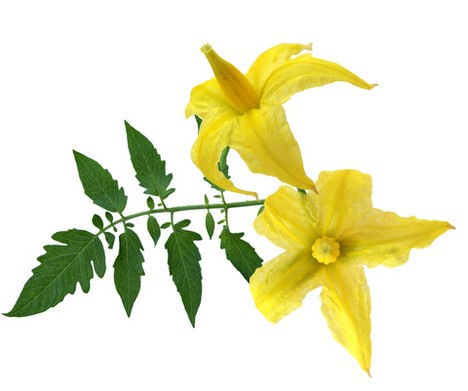As explained by the symposium chair, Prof. Andreas Madlung (University of Puget Sound, Tacoma, Washington), summarizing the “Responses to Light” concurrent symposium, presented Sunday, July 10 at Plant Biology 2022, is quite challenging as, in very simple words, plants use light for many things. This blog post discusses the enlightening results shared during that sunny Sunday by the leading lights in the fields of shade avoidance, seedling establishment, and photosynthesis.
 © Le Thuy Do | Dreamstime© Le Thuy Do | Dreamstime.com
© Le Thuy Do | Dreamstime© Le Thuy Do | Dreamstime.com
Respiration in the light
Plants are able to convert sunlight into chemical energy through photosynthesis. They capture CO2 from the atmosphere to generate glucose and release O2. At night, when photosynthesis cannot occur, plants remobilize the energy stored during the day through respiration. Respiration can be simplified as the opposite of photosynthesis, where plants capture O2 and release CO2. Although respiration mostly occurs during nighttime, this process can also occur (to a lesser extent) during the day. Respiration in the light is still poorly understood as it is tricky to measure it accurately. Dr. Stephanie Schmiege, postdoctoral fellow at Michigan State University and University of Western Ontario East Lansing, explained that current tools and models used to estimate respiration in the light need serious optimization. Dr. Schmiege demonstrated that respiration in the light depends on light intensity, a parameter often not included in prediction models and tools but could be a key parameter to accurately quantify CO2 fluxes on Earth and potentially better evaluate the impact of climate change on our planet.
In addition to utilizing sunlight for photosynthesis, plants can distinguish the color composition of sunlight through photoreceptors, a set of specialized proteins that detect different wavelengths of light. During this session, we have mostly heard about phytochromes (phys), sensors of red and far red light, and the coolest photoreceptors ever discovered in plants.
Gene duplication and evolution in tomato
A wonderful talk from the chair, Prof. Andreas Madlung, focused on the evolution of phys function in tomatoes. Through evolution, the duplication of certain genes may result in the creation of pairs of genes of different functions (also called sub- or neofunctionalization). In tomatoes, two Phys B genes are known as PhyB1 and PhyB2. By using transcriptome profiling and co-expression network analysis coupled with physiological experiments, Prof. Andreas Madlung elegantly demonstrated that PhyB1 and PhyB2 in tomatoes, although showing some overlapping functions, seem to regulate distinct light-mediated responses as a result of subfunctionalization. Prof. Madlung’s research is a good example of how coupling different techniques such as phylogeny and transcriptome profiling and plant physiology are essential to understanding and learning how plants use light to grow.
Regulating phytochrome-interacting factors
At the molecular level, phys inhibit the activity of a set of transcription factors called phytochrome-interacting factors (PIFs) by promoting PIF phosphorylation. PIFs act as a signaling node, linking the variation of light cues with elongation responses. Although the kinases that phosphorylates PIF are well studied, little is known about the phosphatases that mediate the opposite reaction. Xingbo Cai, a Ph.D. student at the University of Texas at Austin, identified two phosphatases that mediate PIF dephosphorylation and stability and are necessary to regulate hypocotyl elongation in red light.
Regulation of cell membranes by light signals
If we think about an example of how phys shape plant physiology, the first thing popping into our minds is shade avoidance. Under a high risk of competition for light, plants trigger a set of changes in their morphology, typically enhancing the elongation of internodes and petioles, and in the case of seedlings, the hypocotyl. Prof. Christian Fankhauser (University of Lausanne, Switzerland) presented the latest results from his lab about the regulation of cell membranes by light signals. “If you are going to elongate, you need more membranes,” he said after showing how shade promotes lipid biosynthesis and autophagy to enhance hypocotyl elongation.
Source: www.blog.aspb.org.
